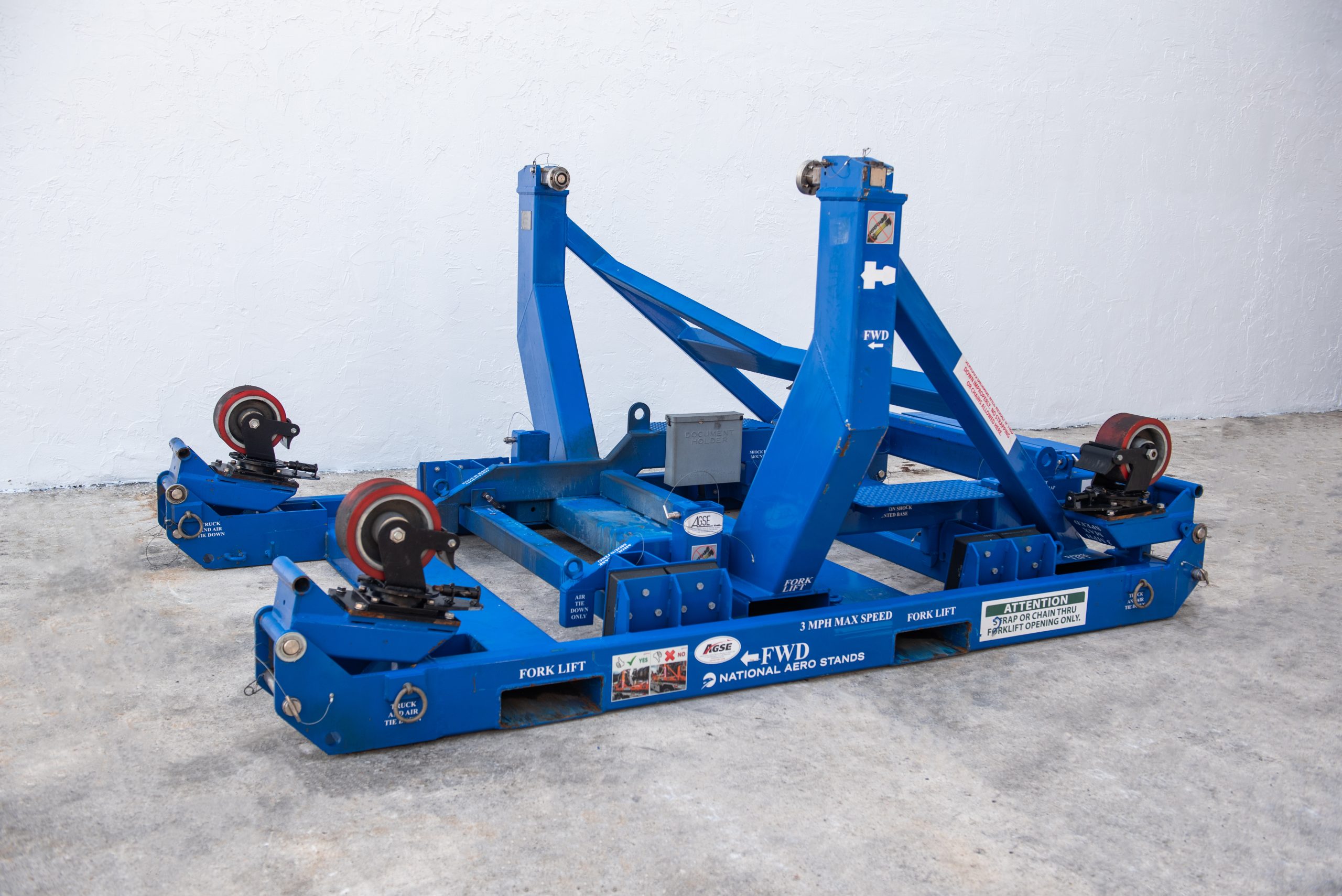Experiencing airport security alarms can be stressful, especially when they occur in sensitive areas like the groin. Let’s explore the technology behind these security measures and understand why certain body areas might trigger alerts more frequently than others.
Understanding Airport Security Systems
Airport security systems employ sophisticated technology to detect potential threats while maintaining passenger safety. These systems integrate metal detectors and body scanners to create a comprehensive screening process. The evolution of these technologies has significantly enhanced security measures, though it has also led to more frequent alerts, particularly in sensitive areas like the groin region.
How Metal Detectors Work
Metal detectors create a magnetic field through electrical current pulses. When metal objects pass through this field, they cause disruptions that trigger alerts. While these devices are calibrated to ignore minimal metal content, such as small buttons or earrings, they remain highly sensitive to potential threats.
- Creates magnetic field through electrical current pulses
- Detects disruptions caused by metal objects
- Calibrated to ignore very small metal items
- Heightened sensitivity in groin area
- Programmed with specific threshold settings
Role of Body Scanners in Security
Full-body scanners represent advanced security technology that can detect both metallic and non-metallic threats. Using millimeter wave technology, these scanners create detailed body images to identify suspicious items.
- Detects metallic and non-metallic threats
- Uses millimeter wave technology
- Creates detailed body images
- Identifies liquids, powders, and plastics
- Works alongside X-ray machines for comprehensive screening
Common Reasons for Groin Alarms at Airport Security
The groin area frequently triggers security alerts due to its potential for concealing prohibited items. Understanding these common triggers can help reduce travel anxiety and prepare better for security screenings.
Metal Objects and Accessories
Common metal items that trigger alarms include:
- Forgotten coins in pockets
- Metal buttons and rivets on pants
- Heavy-duty zippers
- Metal belt buckles
- Underwire in undergarments
- Keys or pocket knives
- Foil wrappers from medication
Medical Implants and Devices
Various medical devices can trigger security alerts:
- Hip replacements
- Surgical screws and plates
- Knee implants
- Pelvic reconstructions
- Insulin pumps
- Continuous glucose monitors
- Urinary catheters
Clothing and Fabrics
Certain clothing elements can unexpectedly trigger alarms:
- Athletic wear with moisture-wicking technology
- Metallic fibers in premium clothing
- Sequins and metallic prints
- Thick seams or multiple fabric layers
- Residues from personal care products
- Clothing with metallic dyes
- Decorative elements containing metal
What to Do If Your Groin Sets Off an Alarm
Experiencing a groin alarm at airport security can be uncomfortable, but maintaining composure is essential. Security personnel handle these situations routinely and professionally. Remember that false alarms in the groin area are extremely common and don’t indicate wrongdoing.
- Stay calm and cooperative throughout the process
- Expect additional screening procedures
- Request a private screening area if needed
- Prepare for a same-gender pat-down inspection
- Anticipate possible hand-held metal detector use
- Be ready for potential swab tests for explosive residue
Communicating with Security Personnel
Effective communication with security officers is vital during groin alarm situations. Proactively inform them about any items that might trigger the alert, particularly medical devices or implants. Clear communication helps officers choose appropriate screening methods while maintaining your dignity.
- Disclose medical conditions or devices immediately
- Request private conversations for sensitive matters
- Ask for an interpreter if needed
- Maintain a cooperative yet assertive attitude
- Request clarification about procedures when necessary
Preparing for Security Checks
Proper preparation significantly reduces the likelihood of groin alarms and streamlines the screening process. Allow extra time at the airport to avoid rushing through security checkpoints.
- Empty all pockets completely before screening
- Remove small items like coins and keys
- Wear easily removable shoes
- Minimize jewelry and accessories
- Bring medical documentation if applicable
- Consider obtaining a TSA notification card
- Apply for TSA PreCheck for expedited screening
Preventing Groin Alarms in Future Travels
Taking proactive measures can significantly improve your airport security experience. Understanding common triggers allows for better preparation and informed choices about clothing and personal items. Many experienced travelers have developed effective strategies to minimize security alerts.
Choosing Appropriate Clothing
- Select loose-fitting garments with minimal metal components
- Avoid pants with heavy zippers or metal buttons
- Choose athletic wear or cotton pants with elastic waistbands
- Opt for underwear without underwire
- Wear natural fibers like cotton or linen
- Avoid clothing with metallic threads or reflective materials
- Skip garments with large metallic logos or dense patterns
Managing Medical Devices
Travelers with medical devices require special consideration during security screening. Proper preparation and documentation can prevent unnecessary delays and ensure a smoother process.
- Inform TSA officers about medical devices before screening
- Carry relevant medical documentation
- Present TSA notification card when applicable
- Request pat-downs instead of body scanners if concerned about device damage
- Ask for private screening when necessary
- Consider TSA PreCheck enrollment for streamlined screening



Leave a Reply